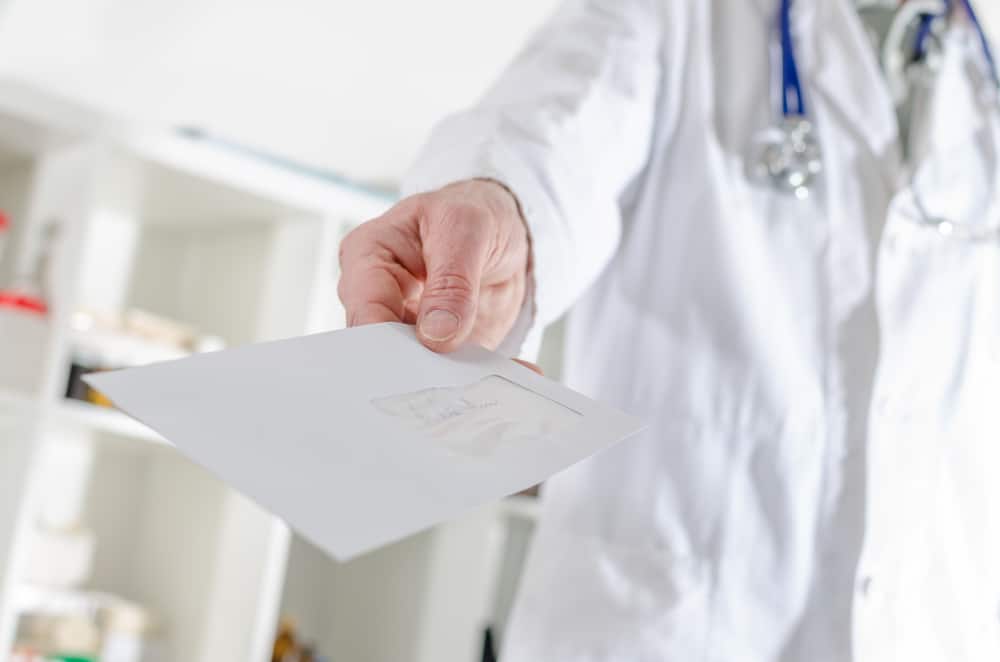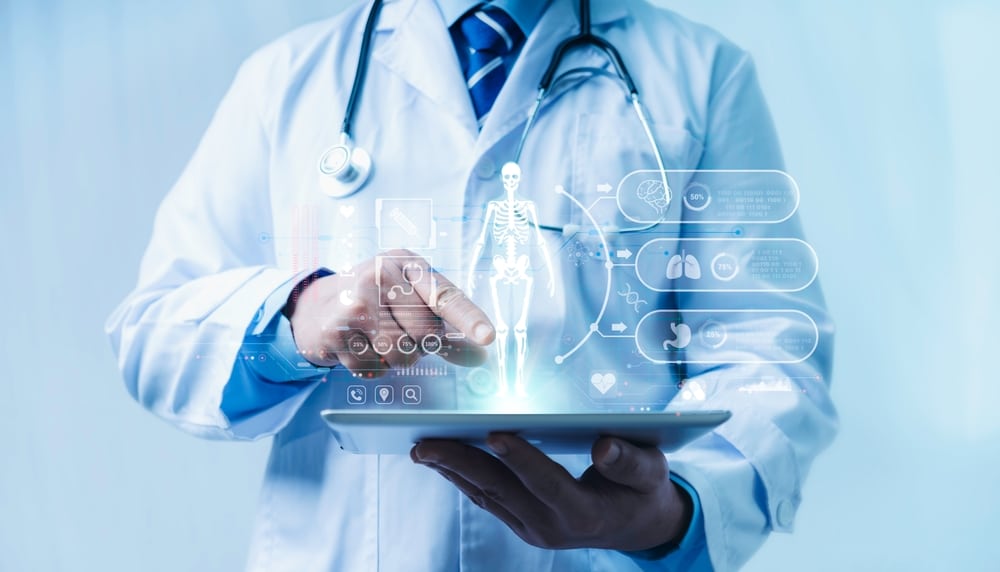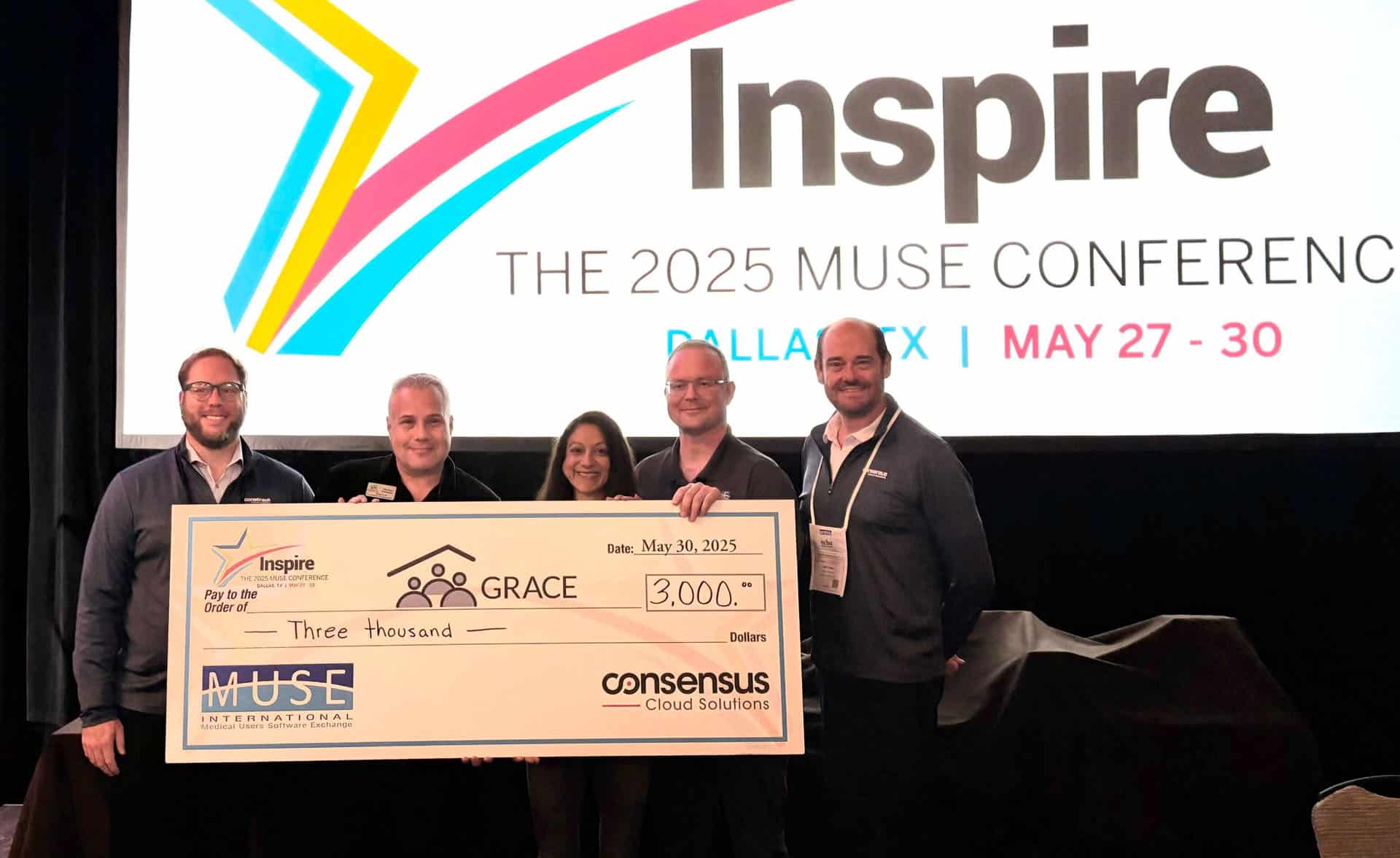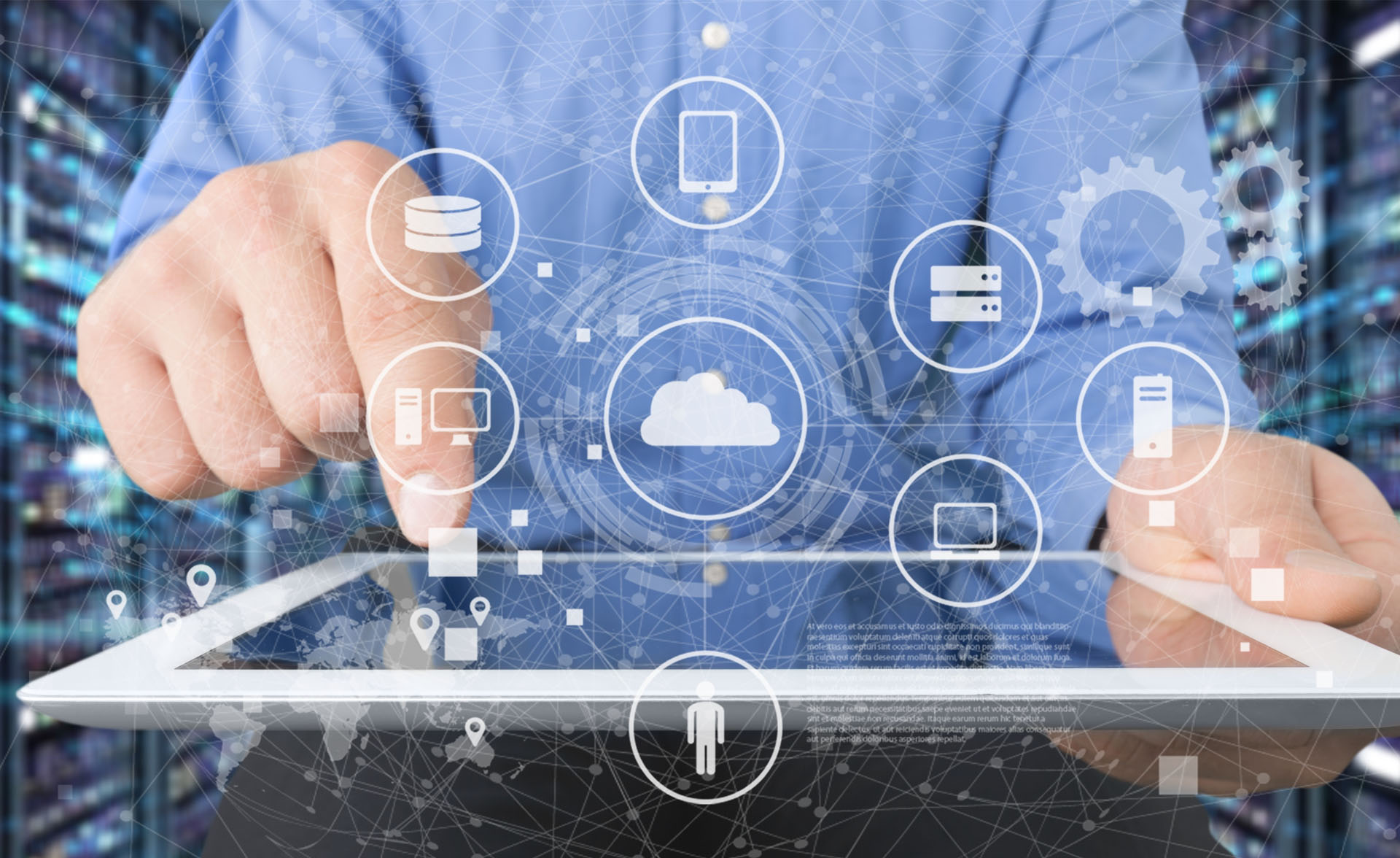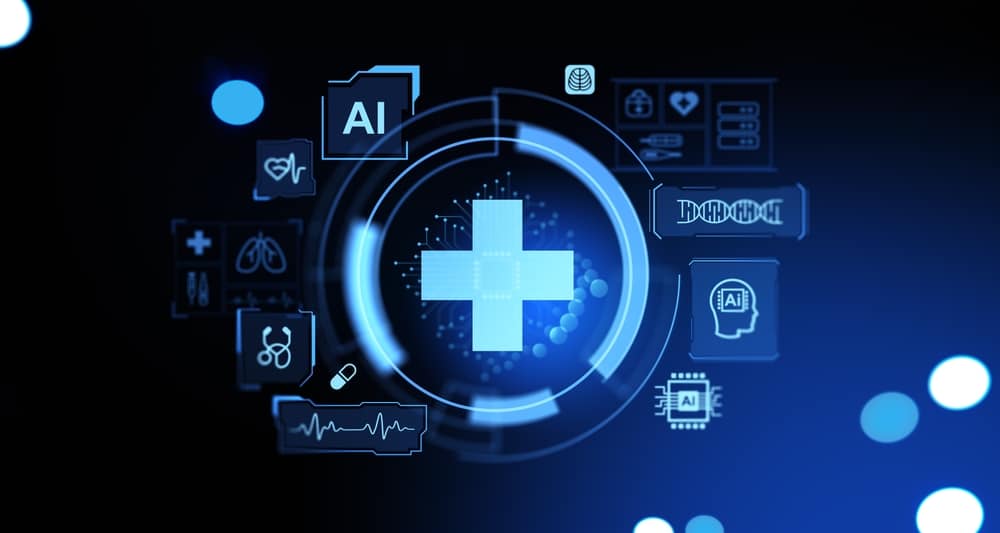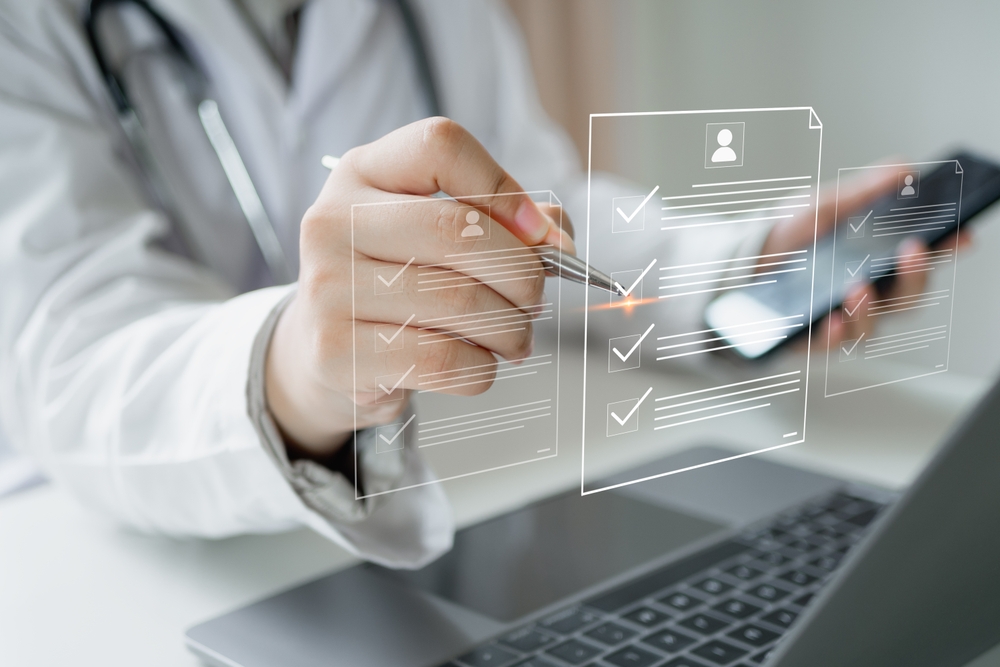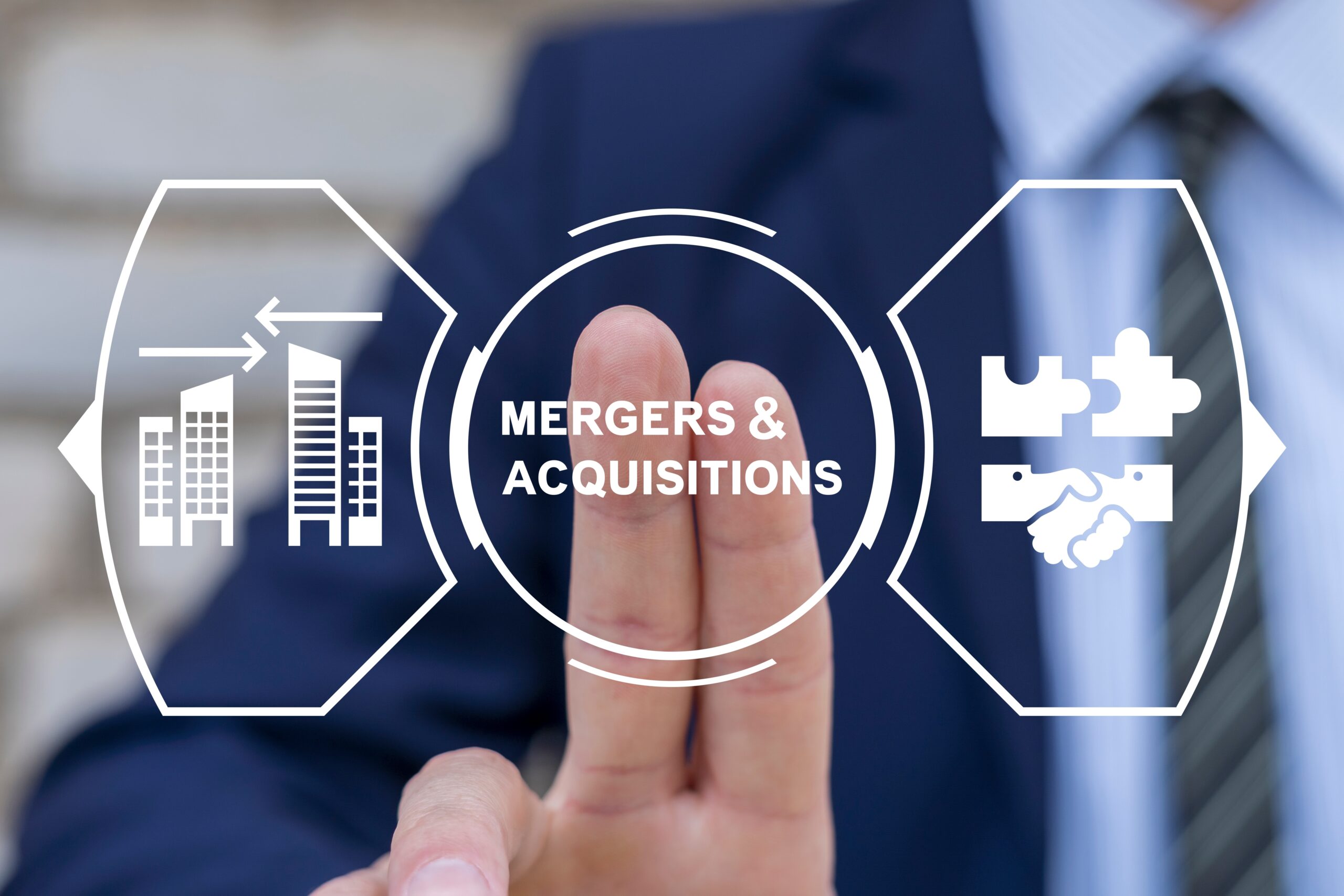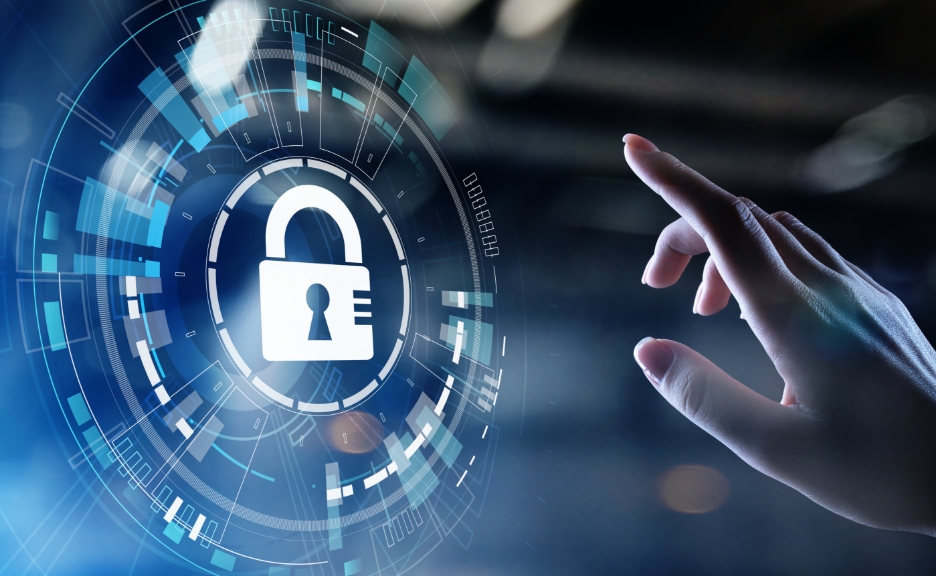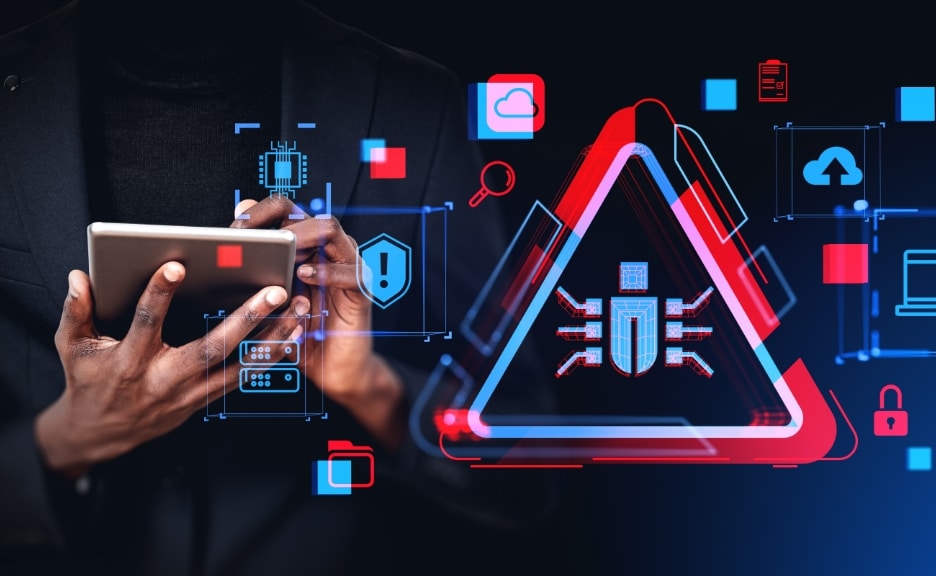Healthcare & Interoperability
The Cost of Doing Nothing: What Manual Workflows Really Cost Skilled Nursing

Many skilled nursing facilities (SNFs) still rely on manual workflows, and they cost more than you think.
The reason for using these processes isn’t resistance to change. Instead, it’s a lack of interoperability. Even though 8 in 10 post-acute facilities use electronic health records (EHRs) regularly, data sharing remains a challenge. When EHRs don’t connect across care settings, staff are left to bridge the gaps with paper forms and physical fax machines.
But how much time does staff spend chasing down paperwork, and what happens when patient data arrives at an SNF too late? Let’s add up the costs of manual workflows and explore how post-acute care organizations can fix the problem without overhauling their EHR.
The True Costs of Manual Workflows in Skilled Nursing
Paper-based processes may seem familiar and manageable, but they also create a ripple effect of inefficiency. Here’s where those impacts show up the most.
Less Time for Patients
Every hour spent on repetitive, non-clinical tasks — calling referring providers, sending paper faxes, and entering data into multiple systems and portals — saps staff morale and creates added stress. It also diverts attention from doing what your staff does best: delivering care to nursing home residents. Nurses, in particular, feel the brunt, spending between 19% to 35% of each shift on clinical documentation.
What’s the cost? Consider one estimate that says inefficient toggling between systems can consume as many as four hours per week for all skilled nursing staffers. Take that number and multiply it by the average hourly rate for a nursing home employee ($29/hour). Then multiply that number across an SNF facility with 100 employees, and it equates to $46,000 a month in lost time alone.
Staff Burnout
Repetitive administrative tasks are fueling the burnout crisis nursing homes face today. When staff can’t do the work they’re trained to do, they head for the exits. This unfortunate reality has led to an 82% staff turnover rate industry-wide, with more than half of nursing homes replacing 50% of their staff annually.
High turnover creates huge expenses. To see why, take the example of a nursing home with 12 full-time RNs. Let’s say the facility experiences a 50% RN turnover rate. Based on an estimated turnover cost of more than $40,000 per bedside nurse, the nursing home will spend at least $240,000 to replace those six nurses alone. That doesn’t include the added expenses of replacing other skilled workers, such as Certified Nursing Assistants and Licensed Practical Nurses.
Compliance Challenges
Manually faxed patient records are more likely to be lost or misplaced, increasing the risk of noncompliance with regulations like the Health Insurance Portability and Accountability Act (HIPAA). Just one HIPAA violation can cost a post-acute provider anywhere between $100 to $50,000. Serious violations, however, can cost even more. Take the recent case of a mental health center in California that received a $100,000 civil monetary penalty for failing to provide a patient with timely access to her medical records.
Compliance isn’t limited only to HIPAA. Rules like the 21st Century Cures Act prohibit information blocking, defined as any action that “interferes with the ability of authorized persons or entities to access, exchange, or use electronic health information.” SNFs lacking robust interoperability capabilities may be at risk for information-blocking penalties if they fail to share electronic healthcare information with their care partners as needed. Any facility found in violation faces fines of up to $1 million per penalty.
Care Quality and Star Ratings
The quality of patient care inside an SNF is tied directly to information sharing. When patient records arrive late — or if they’re illegible on a paper fax and require follow-up — it raises the odds of preventable medication errors, patient falls, and hospital readmissions.
Research shows that these kinds of information gaps are widespread, especially during care transitions. A study of 471 hospital-SNF pairs revealed that 76% of shared healthcare information had at least one usability shortcoming, including:
- Missing information about a patient’s behavioral status (68% of the time)
- Missing information about a patient’s social status (66% of the time)
- Information arriving after the patient either sometimes (34%) or often (16%)
Any lapse in quality impacts an SNF’s Star Ratings. Compiled by the Centers for Medicare and Medicaid Services (CMS), Star Ratings are based on a post-acute organization’s compliance with key quality measures, staffing ratings, and health inspection ratings. When quality care suffers, ratings fall, and a one-star drop can cost an organization hundreds of thousands of dollars in lost referrals, reimbursements, and contracts.
Value-Based Care Barriers
Emerging value-based care models depend on timely, accurate information sharing, something paper processes and standalone fax machines can’t support. Just one example: In early 2026, CMS will roll out Transforming Episode Accountability Models (TEAM), making 700-plus hospitals accountable for the cost and quality of Medicare patients undergoing procedures such as spinal fusion and coronary artery bypass graft (CABG) surgery.
To prepare, hospitals are already forming high-value networks with select post-acute care partners. SNFs that can share data securely will be highly sought-after collaborators.
“Strong SNF partnerships are essential to the TEAM concept,” Robin Roberts, Director of Health IT Regulatory Affairs at PointClickCare, recently told Modern Healthcare. “Hospitals will seek partners who can help them deliver high-quality care at moderate or lower costs while reducing the risk of hospital readmissions.” Post-acute facilities that don’t address their interoperability challenges now will miss out on these essential collaborations.
Adding Up the Hidden Costs
The multiple costs of paper-based processes snowball quickly. At a bare minimum, SNFs lose tens of thousands of dollars in staff time a month. Add in the expenses related to replacing burned-out staff and paying even the smallest of compliance fines, and the costs are well into the six figures. And if your facility suffers a drop in CMS Star Ratings or incurs serious penalties, the financial costs could reach into the millions — not to mention the associated reputational damage.
Interoperability may not eliminate all of these expenses, but it will go a long way toward alleviating financial strain and improving quality of care. When staff can send and receive patient records without manually keying entries into EHR fields or multiple portals, it reduces their workloads, leading to less stress and more time spent with their patients. PHI remains secure at all times, reducing the risk of noncompliance. And quality care improves, enhancing CMS Star Ratings and positioning your SNF as a reliable communication partner in care transitions, making you a more attractive collaborator for hospitals operating under value-based models.
Step Toward Interoperability Without Breaking Your EHR
Your EHR represents one of your SNF’s biggest investments. That’s why the path to greater interoperability starts with practical solutions that will integrate with your EHR, saving you from costly system replacements.
eFax Unite™ works with the systems you already have to reduce paper-based workflows, improve communications with referral partners, and create better transitions of care. Instead of using five or more different portals, eFax Unite gives skilled nursing staff a centralized, easy-to-use inbox. Staff can send electronic faxes, Direct Secure Messages, and referrals to anyone within their healthcare ecosystem.
EHR integration removes multiple steps in traditional paper-based and physical fax workflows. eFax Unite turns unstructured demographic data into a structured document, then attaches it to the correct patient record in the EHR automatically. Staff can use the platform to search for other patient data in Carequality and CommonWell Health Alliance, creating more complete patient records.
As a HIPAA-compliant and HITRUST CSF-certified solution, eFax Unite helps eliminate the risk of compliance lapses. And because eFax Unite closes communication gaps, it helps SNFs meet the data-sharing expectations of value-based programs and alternative payment methods.
Stop the Reliance on Manual Workflows
The high costs of manual processes aren’t sustainable, and neither are the risks to patient care. That’s why it’s time for SNFs to enhance interoperability with their care partners and get the most from their EHR investment.
Wondering where to begin? Get a few practical tips in this white paper: “Beyond Adoption: Making EHRs Work for Skilled Nursing Facilities.” Ready to explore how eFax Unite could help your SNF staff spend less time on paperwork and more time on patient care?





